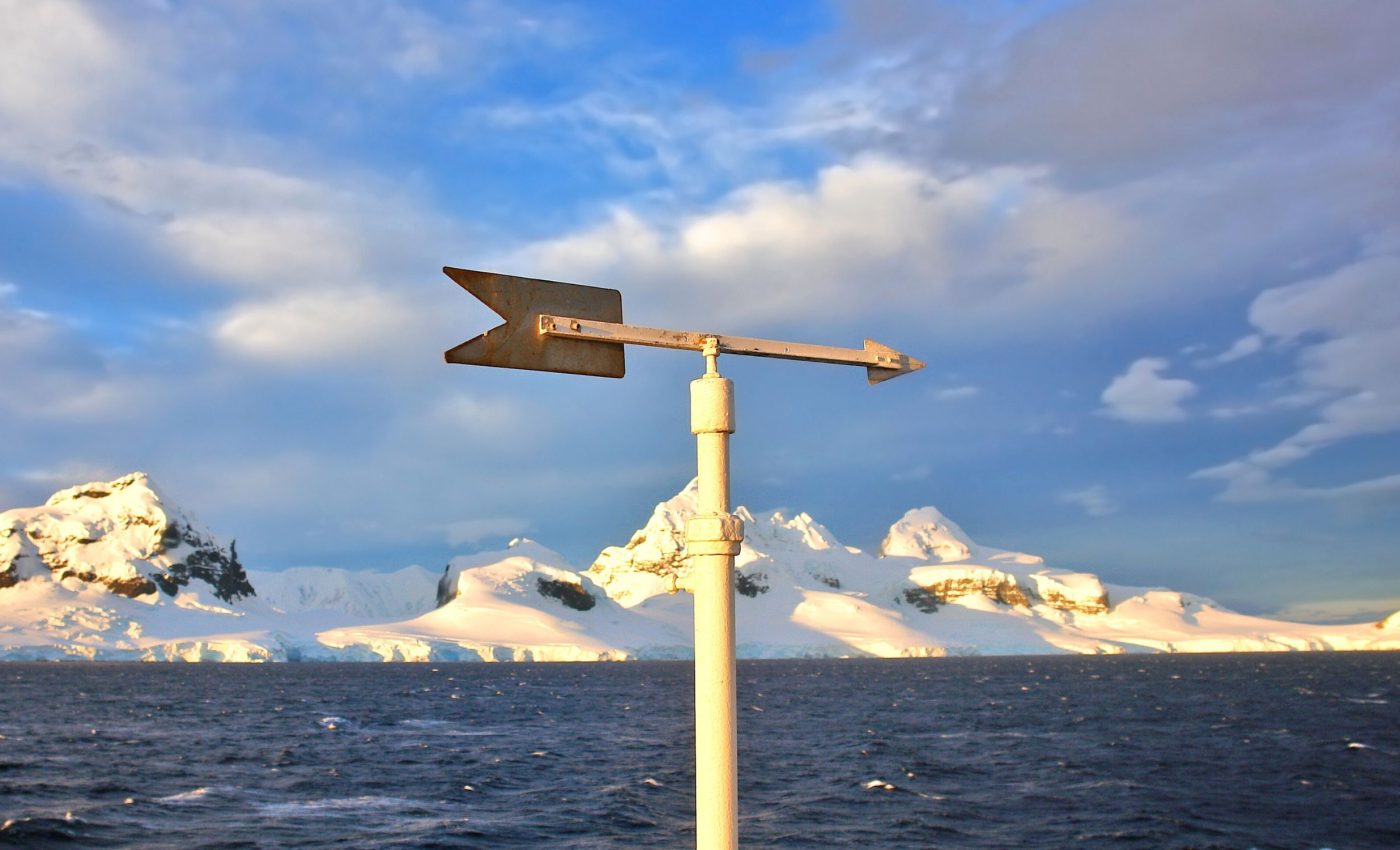
Powerful winds known as "low-level jets" discovered near Antarctica’s Doomsday Glacier
In the icy frontier of West Antarctica, sharp, fast-moving winds frequently race across the Amundsen Sea embayment. Known as low-level jets (LLJs), these winds have been largely overlooked until now.
A new study reveals that the effects of low-level jets could be pivotal in shaping the future of the Thwaites and Pine Island glaciers. These are two of the fastest melting ice bodies on the planet.
Researchers from the Indian Institute of Technology and the British Antarctic Survey have brought these powerful winds into focus. Their findings offer fresh insight into the processes involved in Antarctica’s melting glaciers.
The melting of Thwaites, grimly nicknamed the “Doomsday Glacier,” poses global risks due to its potential to raise sea levels dramatically .
Powerful Antarctic wind jets discovered
The team launched 22 radiosondes, which are sensor instruments that relay information using radio waves. These instruments were attached to weather balloons that were launched near the Amundsen coast in 2014.
The experts captured detailed wind and temperature data in the lower atmosphere. LLJs showed up in half of the profiles, and 10 of them blew in an offshore direction.
The jets varied widely, with speeds from 9 to 32 m/s (30 to 105 ft/s) and heights ranging from 80 to 800 meters (260 to 2,600) feet. They were mostly embedded in low-level temperature inversions, which are stable layers that trap cold air near the surface. These inversions enhance the power of the winds.
“We wanted to understand how often these LLJs happen and what causes them. These processes could potentially influence the rate at which Thwaites and Pine Island glaciers melt, and thus their contribution to sea-level rise,” explained Sai Prabala Swetha Chittella, the study’s lead author.
Storms make Antarctic wind jets stronger
The study used the Polar WRF model, a high-resolution weather simulation tool. It replicated 8 of the 11 observed low-level jets and explained their formation.
One LLJ was driven purely by katabatic winds, which are cold, dense air movements that flow downhill. The other six resulted from these katabatic winds being intensified by nearby cyclones over the Bellingshausen Sea.
“The most important thing we found is that LLJs happen often in this part of Antarctica and are usually made stronger by passing storms,” noted Dr. Andrew Orr, a co-author from the British Antarctic Survey.
In fact, CS4, the strongest observed LLJ, reached 32 m/s (105 ft/s) and extended over 150 kilometers (93 miles). It coincided with a deepening cyclone. This created intense southerly winds that enhanced the already present katabatic flow.
Wind jets change snow patterns
These Antarctic winds do more than just blow snow around. They may also shift sea ice, warm the ocean near the ice shelf base, and trigger melt from below.
The Polar WRF simulations showed antarctic wind jet speeds as high as 24 m/s (79 ft/s) over the ice shelves and nearby ocean during peak LLJ events.
Over time, such strong winds could affect the transport of warm ocean water under the ice shelves. That may worsen basal melting, the melting of ice from underneath.
According to the study, even modest increases in snow sublimation or mixing from wind shear can significantly alter the glaciers’ surface balance and long-term stability.
Further research is needed
“We plan to continue our investigation of these extreme winds over this region of West Antarctica, including focusing on winter, when they are likely to be even more stronger and more frequent,” said Dr. Pranab Deb, another co-author.
Winter LLJs may be more intense due to stronger katabatic flows, though fewer cyclones pass through the Amundsen Sea during that season.
The researchers suggest building a seasonal climatology of LLJs to predict their long-term impacts more accurately.
Antarctic winds and sea-level rise
This study provides important insight into how Antarctica’s glaciers are changing. Scientists often focus on warm ocean water melting ice from below, but this research shows that strong winds above the ice also matter a lot.
These winds, especially when intensified by storm systems, can push snow around, expose ice to sunlight, or even carry warmer air that speeds up melting. Some of these winds also help move relatively warm ocean water underneath the glaciers, which may increase melting from below.
By combining knowledge of wind patterns and ocean behavior, researchers now have a better understanding of how these forces work together. This helps them predict how fast glaciers like Thwaites and Pine Island might collapse and how much sea levels could rise as a consequence.
The key takeaway is that climate scientists must look at both what’s under the ice and what’s happening in the air above it. Both are deeply connected and affect our global future.
The study is published in the journal Advances in Atmospheric Sciences.
—–
Like what you read? Subscribe to our newsletter for engaging articles, exclusive content, and the latest updates.
Check us out on EarthSnap, a free app brought to you by Eric Ralls and Earth.com.
—–













